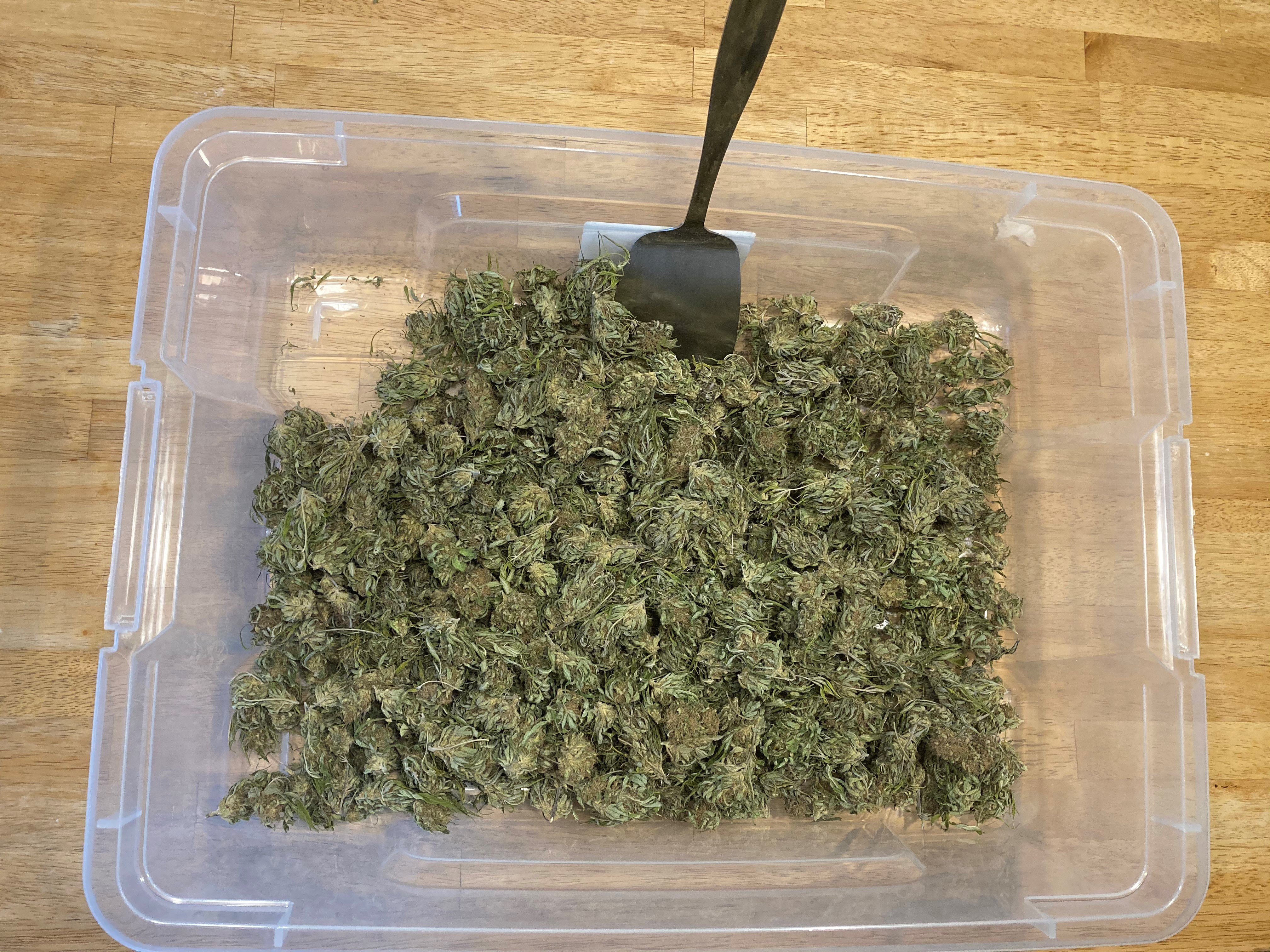
May 7, 2021 | Montpelier, VT - Sampling processed hemp concentrate, hemp products or hemp infused products for laboratory analytical testing can be tricky. The steps include determining the correct number of tests to be conducted, collecting enough material to conduct testing, and making sure the sample is a representative composite of the material to be tested based on volume of a process lot, or packaged products. To help registered processors navigate this process, the Vermont Agency of Agriculture, Food and Markets’ Hemp Program offers the Post-Harvest Sampling Guidance, a document focused on post-harvest sampling of process lots. If followed, a person can be confident that samples taken for compliance purposes are representative of process lots. Registered processors are required to have all process lots tested for potency and contaminants, and using this guidance can help make sure process lots are sampled effectively.
Reliable sample collection post-harvest of process lots is important. Making certain that all samples represent a homogenous composition of the process lot improves the quality and consistency of the sample. The Post-Harvest Sampling Protocol describes methods for taking representative samples for three types of process lots:
- Trim Flower
- Liquid /Solid Concentrates
- Un-packaged or pre-packaged retail units
For each process lot type, the protocol uses diagrams to illustrate how samples should be taken and describes the method and pattern of sampling. For example, the guidance discusses how to take a sample from 1kg of liquid concentrate in a glass jar and suggests bringing the concentrate to room temperature, inverting the container 3 times, and then illustrates taking sample increments throughout the container.
The post-harvest guidance addresses the number of sample increments that should be taken per composite sample, based on the type and size of process lot. This information is clearly presented by process lot type in tables at the end of the document.
Along with the Post-Harvest Guidance, the Hemp Program provides a Post-Harvest Sampling Form, which can be used to document and record the sampling process.
Post-harvest sampling is another important piece in ensuring that process lots are safe for the consuming public, and processors who follow the guidance can be assured that their products effectively comply with all potency and contaminant testing requirements.
Questions regarding the protocol, or testing requirements for process lots, can be directed to Robert Shipman Robert.shipman@vermont.gov , or Michael DiTomasso Michael.ditomasso@vermont.gov
The Post-Harvest Sampling Guidance and Post-Harvest Sampling Form can be found on the Hemp Program’s Resources and Guidance page along with many other resources addressing hemp cultivation and processing in Vermont, https://agriculture.vermont.gov/public-health-agricultural-resource-management-division/hemp-program/hemp-resources-and-guidance.

